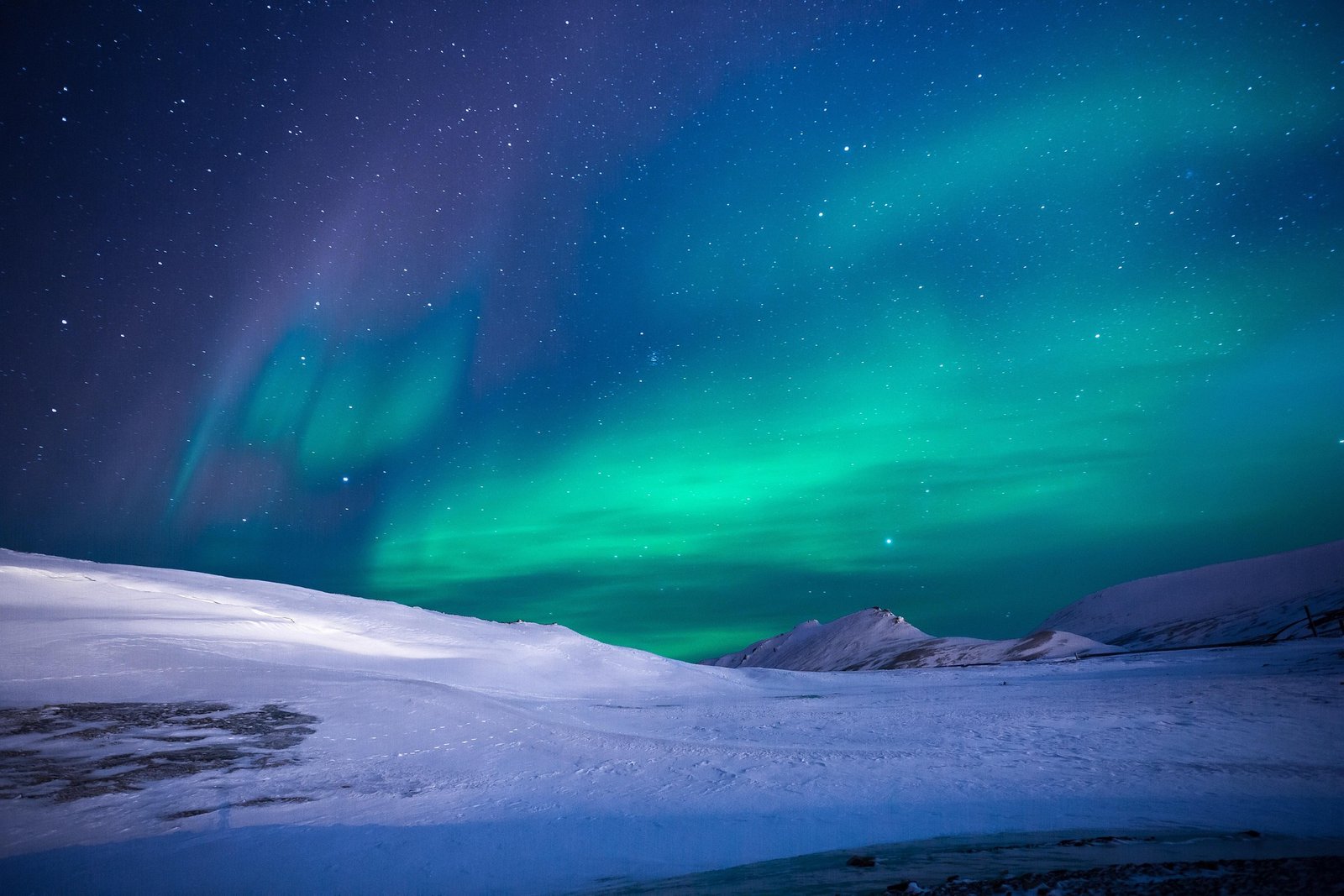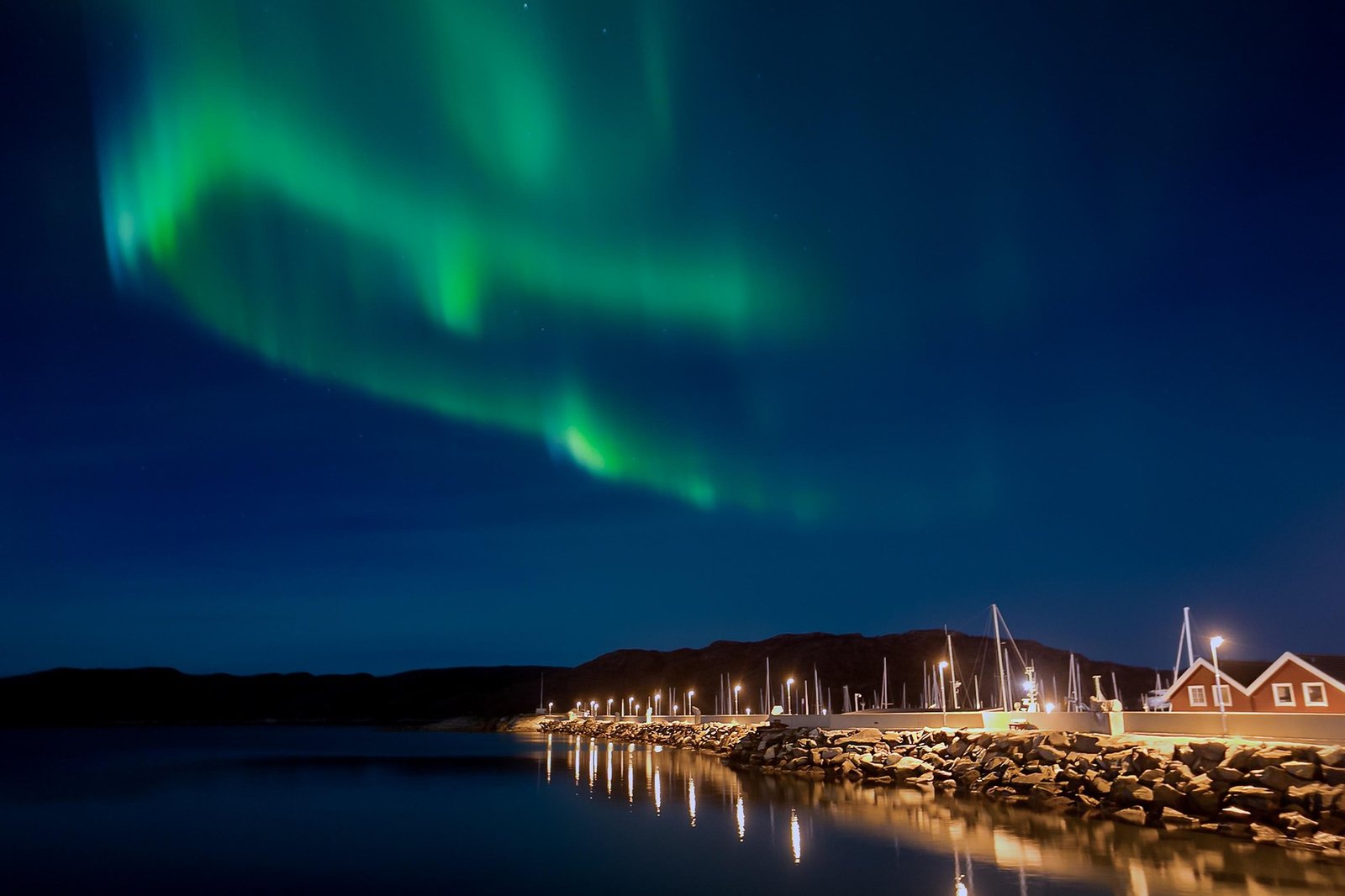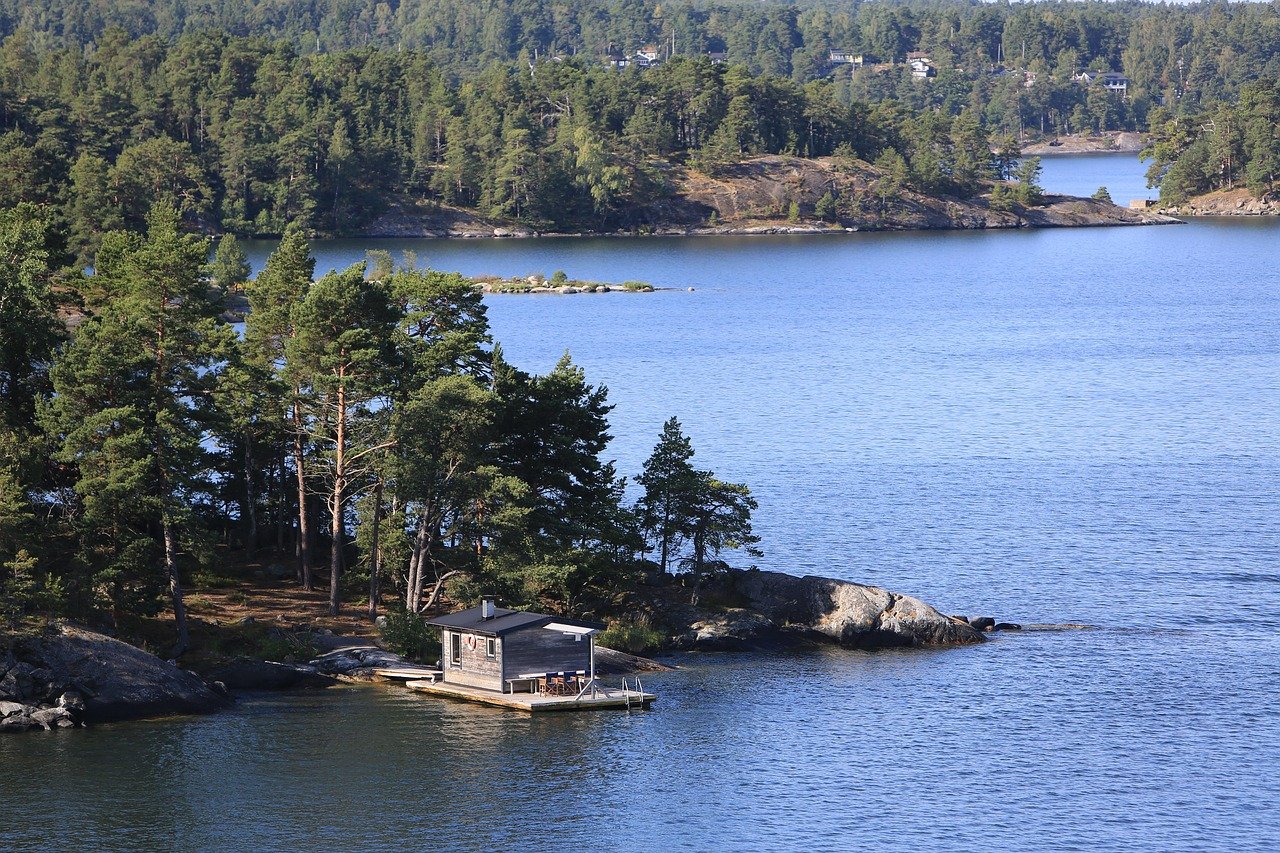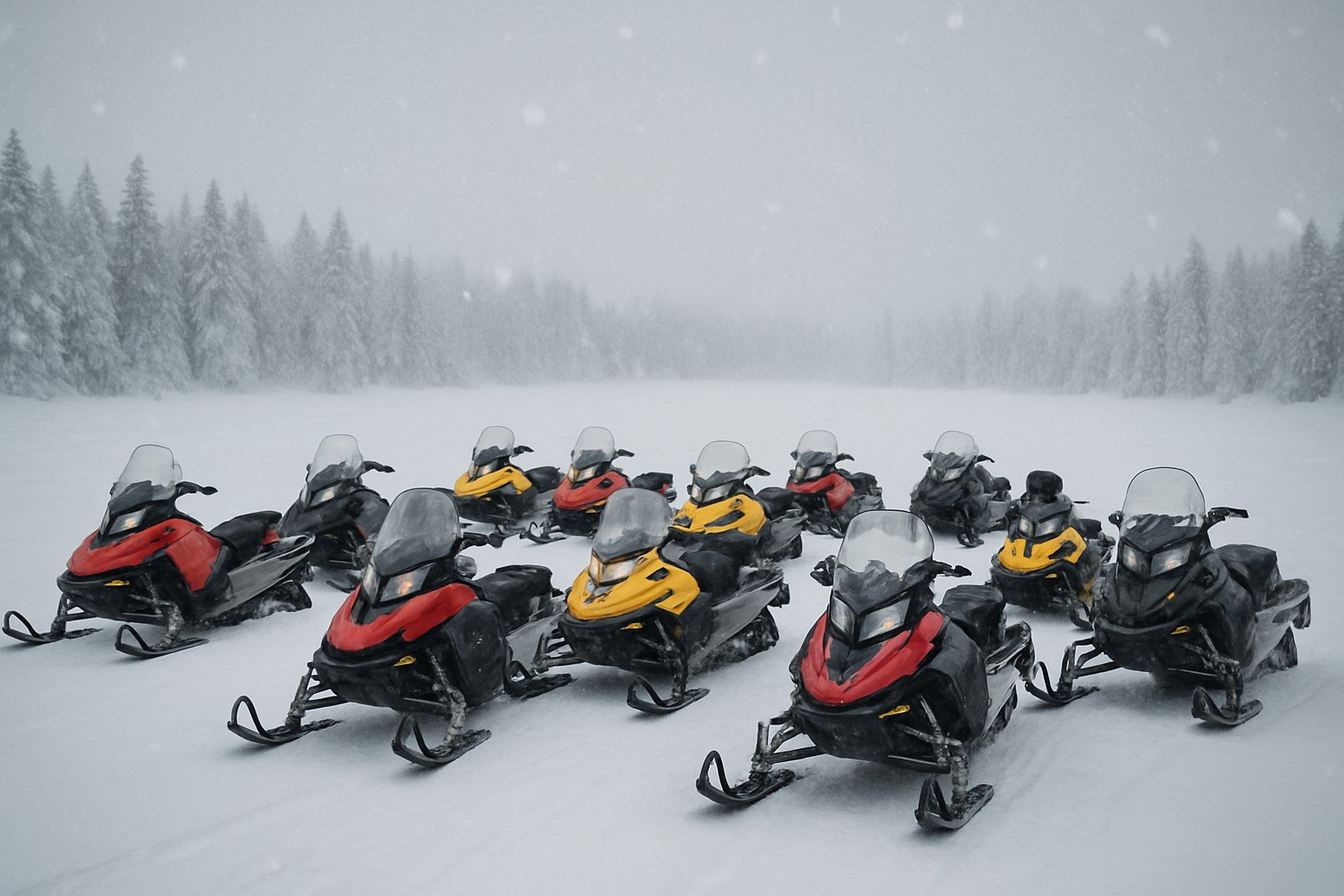What Are the Northern Lights?
The Northern Lights, or Aurora Borealis, are a natural light display caused by solar particles colliding with Earth's atmosphere, creating glowing waves of green, purple, and pink across the polar sky. Sweden’s northern latitude makes it an ideal place to view this spectacular phenomenon — especially during the long, dark winters.
Best Time to See the Northern Lights
The aurora season in Sweden runs from late September through late March, when the nights are longest and darkest. However, the absolute best months for viewing are usually December to March due to colder temperatures and clearer skies.
Key factors that improve your chances:
- Clear Skies: Cloud-free nights are essential.
- Darkness: Avoid city lights; new moon phases are ideal.
- Solar Activity: Higher solar wind speeds increase aurora displays. Apps like Aurora Forecast help predict activity.
Aim for locations with minimal light pollution, check weather forecasts for cloud cover, and look up after 8 PM — the peak viewing window is usually between 9 PM and midnight.
Top Places to See the Northern Lights in Sweden
- Abisko National Park: The most reliable location, thanks to its unique microclimate and consistently clear skies. Abisko’s Aurora Sky Station is world-famous for aurora observations.
- Kiruna: Sweden’s northernmost town offers frequent displays, with easy access to dog sledding, snowmobiling, and Icehotel stays nearby.
- Jukkasjärvi: Home to the original Icehotel — a magical base for aurora hunting.
- Porjus and Jokkmokk: Small towns offering excellent dark skies and cultural Experience into Sámi traditions.
- Luleå Archipelago: For those wanting to combine aurora sightings with frozen sea experiences.
How to Predict Aurora Activity
Aurora visibility depends largely on solar activity and local weather. Here’s how to track it effectively:
- Aurora Apps: Apps like Aurora Forecast and My Aurora Forecast offer real-time KP index alerts and visibility maps.
- KP Index: A KP index of 2–3 is often enough in northern Sweden; higher KP values mean stronger auroras visible further south.
- Clear Sky Charts: Websites like SMHI provide weather and cloud forecasts.
- Solar Cycle: Aurora intensity varies with the 11-year solar cycle; peaks mean more frequent displays.




